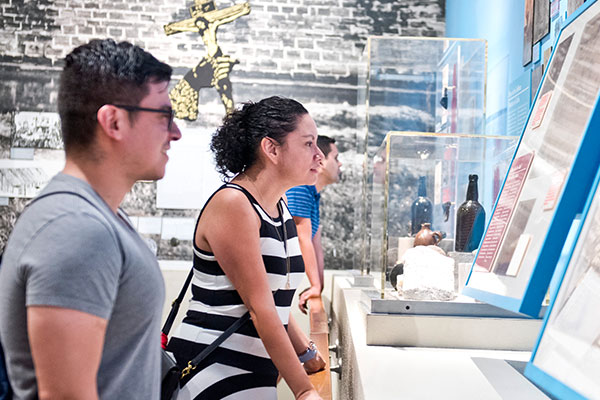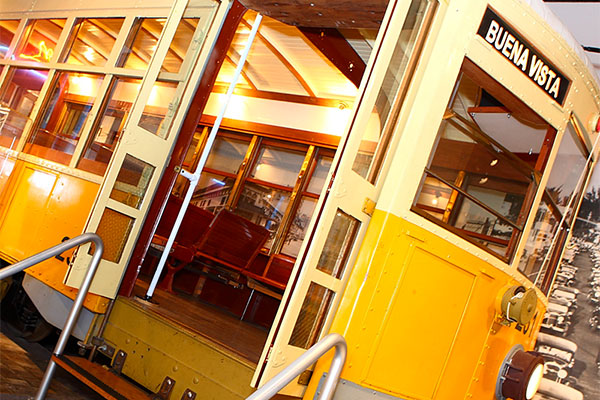History Talks will return in 2026!
Program Host:
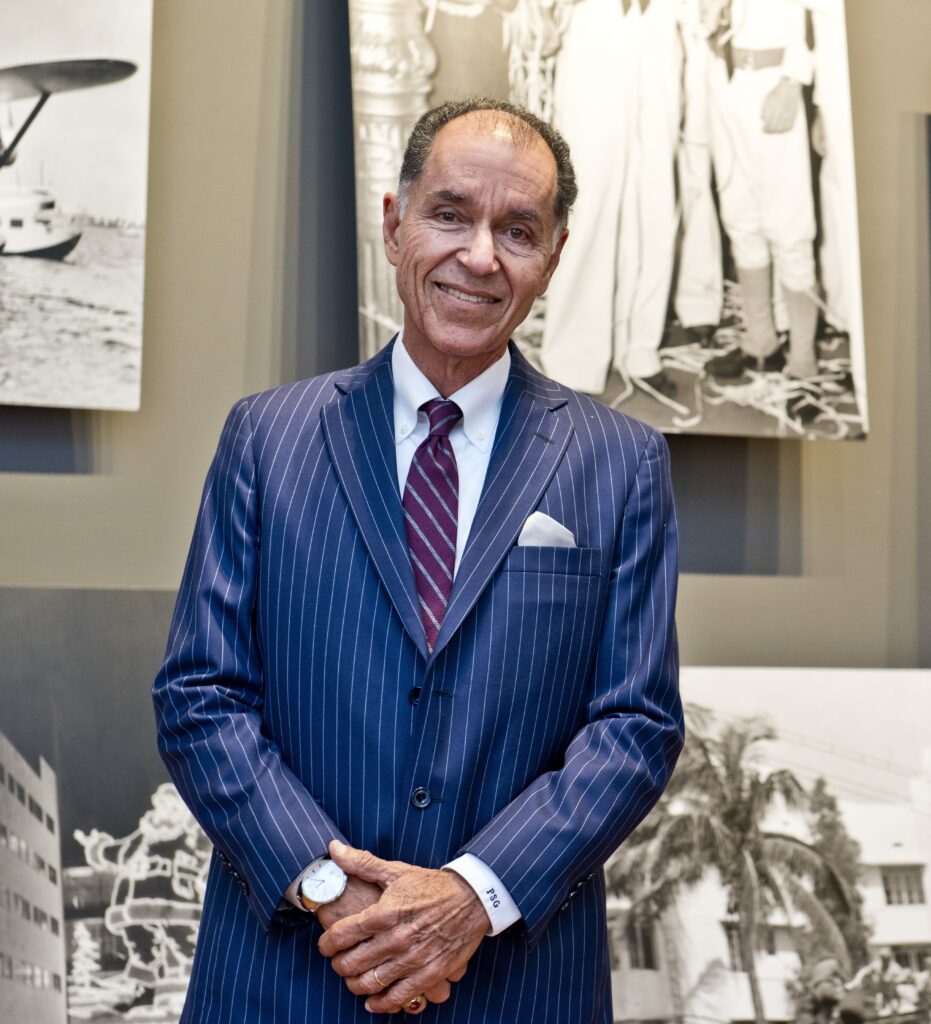
Paul S. George, Ph.D.
Resident Historian
For over three decades, HistoryMiami Museum’s Resident Historian Dr. Paul S. George has toured his way to local, national, and international acclaim with his continuing series of historic tours. Through walking, coach, and boat tour experiences, Dr. George has welcomed tour participants on a memorable journey of South Florida through its historic neighborhoods, landmarks, and sites. As a Miami native, author, and former college professor, Dr. George has gained fame for his uncanny ability to recall the most impressive details about the people and places that make South Florida so unique.
Past Courses:

History Talks: Miami’s Boom Era Communities
Journey through time during our History Talks program series! History Talks delves into the layered histories of Miami and greater South Florida. Hosted by HistoryMiami Museum’s Resident Historian, Dr. Paul S. George, and presented in conversation with a community stakeholder, this lecture series will explore the history of some of Miami’s boom era communities—Miami Shores, Coral Gables, Opa-locka, and Hialeah.
Presented in partnership with Hialeah Public Libraries, City of Hialeah, and WLRN.





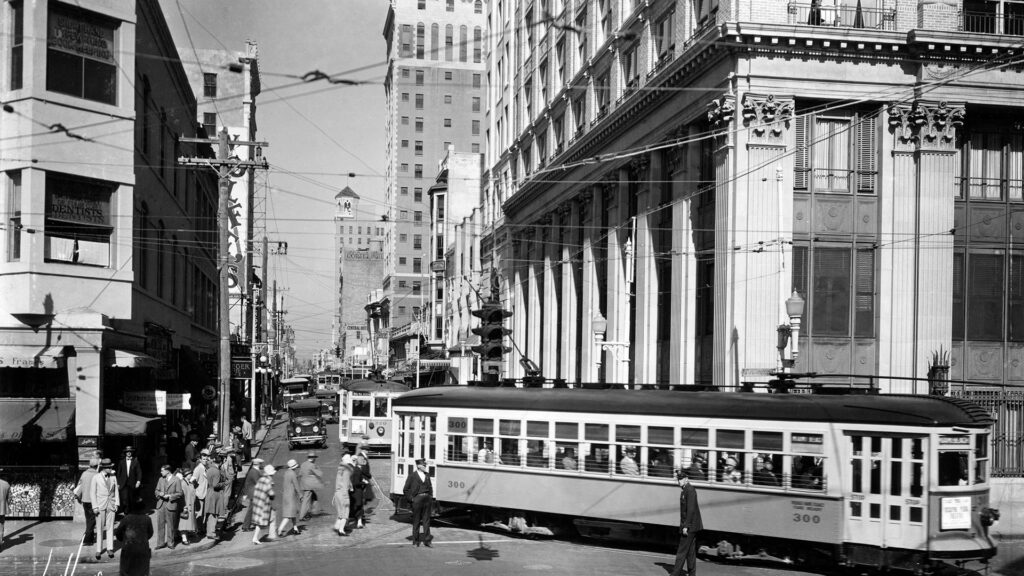
In Class with Dr. George: Themes in South Florida History
Journey through time with Dr. George during our In Class with Dr. George series! In Class with Dr. George delves into the layered histories of Miami and greater South Florida. Hosted by HistoryMiami Museum’s Resident Historian, Dr. Paul S. George, and presented in conversation with a community stakeholder, this lecture series will include a thematic exploration of topics ranging from South Florida’s unique environment, transportation, aviation, and architecture.
Lecture topics to include: the area’s early history and peoples; the homesteading era; incorporation and the early years of the City of Miami; Boom/Bust and the 1920s; Depression and war; the post WWII Boom; and the emergence of an international city.


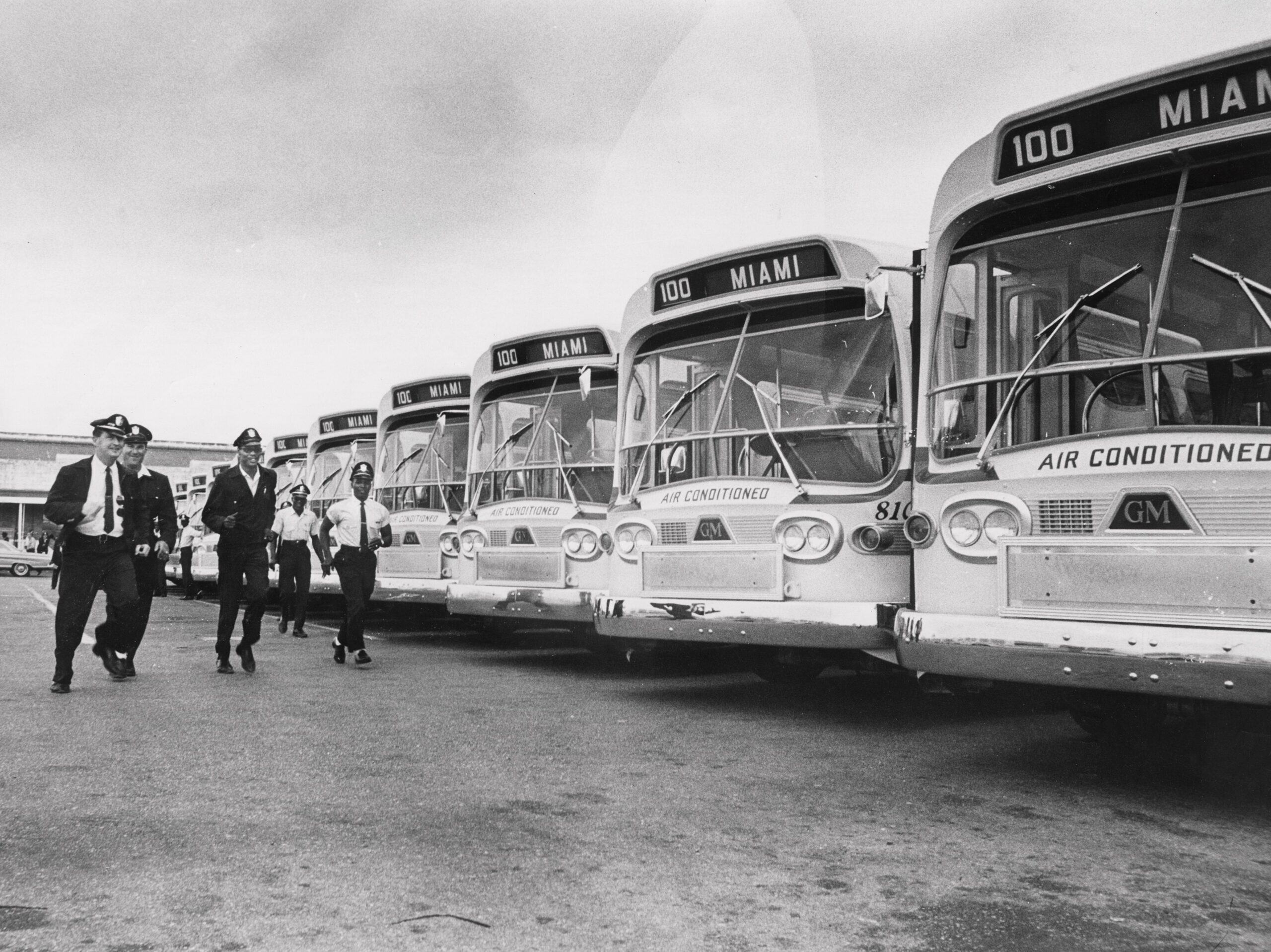


In Class with Dr. George: Defining Moments in South Florida History
Delve into the history of Miami and South Florida with our Resident Historian, Dr. Paul S. George. Over the course of 5-weeks, Dr. George will lead you on an exploration of the defining moments of our region’s history. Each class session will include lecture and discussion followed by tours of either the museum’s exhibitions or historic sites in Downtown Miami.
Lecture topics to include: the area’s early history and peoples; the homesteading era; incorporation and the early years of the City of Miami; Boom/Bust and the 1920s; Depression and war; the post WWII Boom; and the emergence of an international city.

